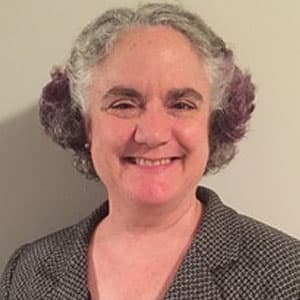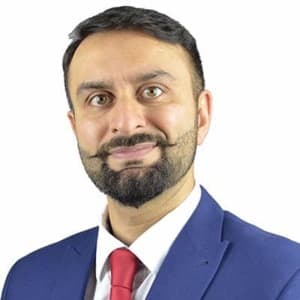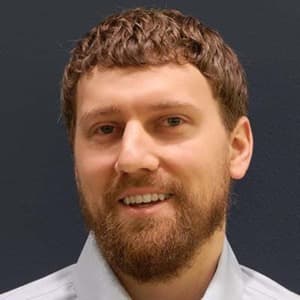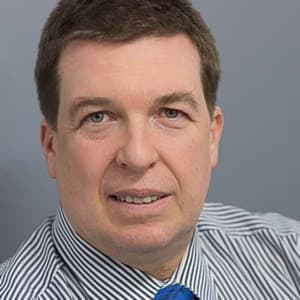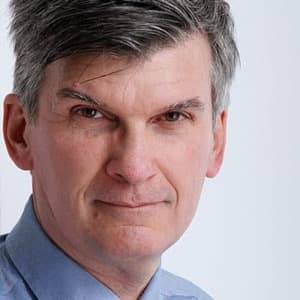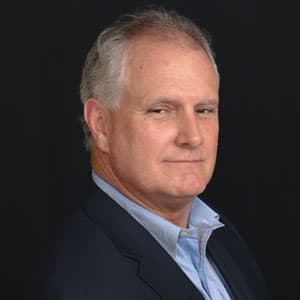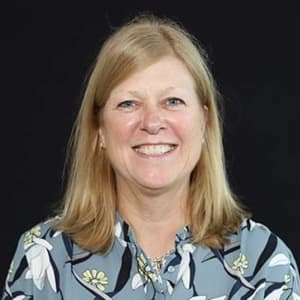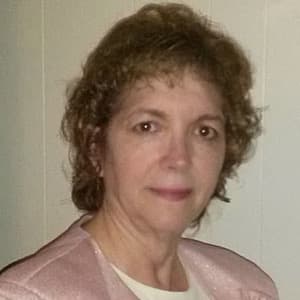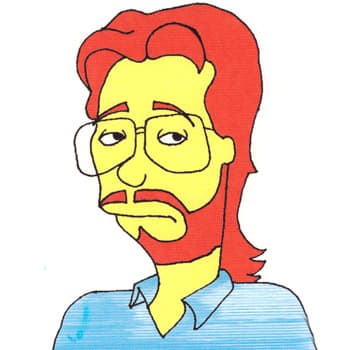The Blog
BBC Interview Series: MarySue Moore at Asurion
In anticipation of her co-presentation at Building Business Capability in Vegas, Nov. 2 – 6, 2015, we asked MarySue Moore, Principal Business Architect at Asurion, a few questions about pursuing business excellence. Check out her interview in relation to her BBC presentation entitled EBA: Influence with an Impact.
Q: How is your organization advancing the pursuit of business excellence and how does it impact your business units/departments?
A: At Asurion, Enterprise Business Architecture works to improve the business agility across our global Enterprise; both within business units and across business units. Our early work focused on communication. One impact we claim is the increase in efficiency and timeliness in understanding new clients through the use of the Product Model and Capability Business Model. We are moving into more complex business models and more complex use of these models.
Q: Can you describe the challenges you face or have already overcome in establishing a more cohesive and productive company or organization?
A: One of our biggest challenges is the sense of urgency for getting the model data in place. We are using a ‘value add’ approach, which means that when there is a particular use of our models, we are able to further refine that space, but we are taking advantage of a need within an organization. The balance is that when a new area needs an answer quickly, we have to help them understand the value of building out the model in their area prior to getting the value. The early footprint covered in our models was quite effective for one portion of the business, and the footprint continues to grow. As others are exposed to these successes, the demand for our time and products increases.
Q: What are your near term goals for creating a more agile organization at your business or company?
A: We are looking to achieve business agility in a number of ways, both long term and short term. Our continued work in establishing a single language for the company is where we begin when we start working with a new organization. Communication is a truly the key. Our common language is primarily captured in the Capability Business Model which is being used in many different ways. When all use the same model as the basis, there is a common understanding, resulting in a huge reduction of rework due to misunderstandings.
Q: What’s the most valuable thing you’ve learned in 2015 thus far? What’s the most important goal/trend for [pick one or two: business analysts, business architects, business process managers and/or business rules managers] to keep in mind?
A: We are continuing to learn so much about the differences in organizations within our company: their culture, their sense of urgency, and their different needs. We are learning to adapt our products and our methods to the particular need at hand, while still advancing the models. For a process person like me, that’s sometimes difficult. I hate rework and while I understand there is a certain amount that is necessary, it would be wonderful if all organizations ran their businesses the same way. Here they don’t. So we take the role of the flexible organization that captures what the business does in order to help them be coherent at the Enterprise level.
The most important goal for all to keep in mind is to be flexible enough to provide value, while still taking the time behind the scenes to advance the products. You need focus on both within the organization.
Q: What’s the latest method/process/tool you have implemented to help your organization or business run more efficiently and effectively?
A: Midway through this year, we began doing assessments using the Capability Model. The assessments take a scope of work and evaluate the current and future state of maturity across criteria that reflect the solution (people, process, technology), the data involved, and the security needed for the capability. These assessments can be at the strategic objective level or at the program level. The Capability Model helps get a quicker focus on the scope as well as a more concise understanding of what needs to change to accomplish the objective. Since the results are organized via the Capability Model, they are applicable across a strategy; they align programs to multiple strategies; and they identify cross-domain needs.
Q: If you could give your five-years-ago self-insight and advice about this industry, what would you say?
A: Learn how many others ‘do’ Business Architecture and pick and choose what will work for a given opportunity (audience, need, timeliness) to use it. Don’t worry so much about the completeness, but keep a strict adherence to standards for the parts that are completed.
Q: Sneak preview: Please tell us a take-away that you will provide during your talk at Building Business Capability?
A: Business Architects need to be skilled at balancing the positive conflict between adding value and building complete models/methods. While the “build it and they will come” may be true in some cultures, a quick step to value is appreciated in most. Models that are known to not be complete create an opportunity for all to contribute to models that become more robust and ‘true’.
—————————–
Don’t miss MarySue’s co-presentation, EBA: Influence with an Impact, at Building Business Capability on Wednesday, November 4, 2015 from 10:25 to 11:25 am. Click here to register for attendance.
2018 Program
Connect
Building Business Capability is the only conference that provides insight into Business Analysis, Business Architecture, Business Process, Business Rules, Business Decisions, and Business Strategy & Transformation toward the pursuit of business excellence.
STAY CONNECTED
Event Produced and Organized by Rising Media in association with Business Rule Solutions Copyright © 2010-2018, Rising Media, Inc. All Rights Reserved.

